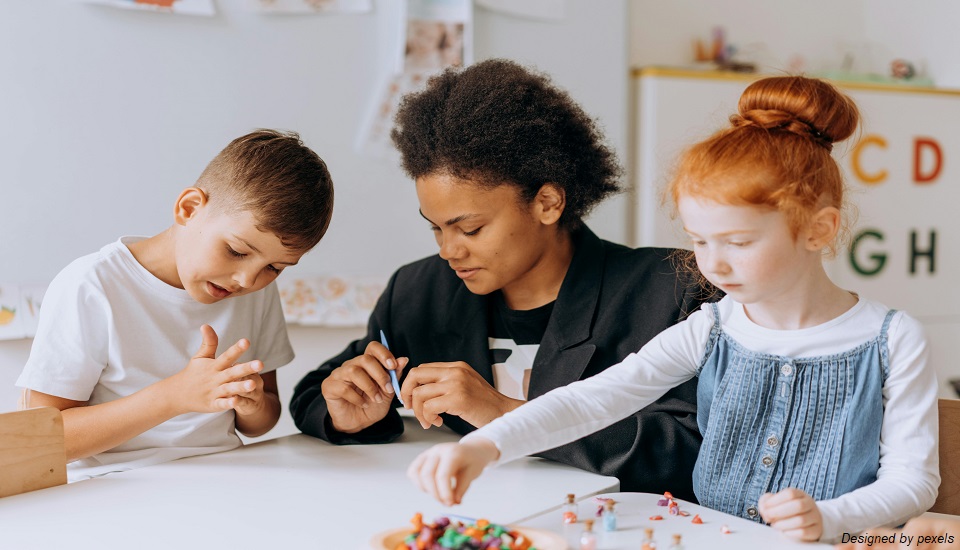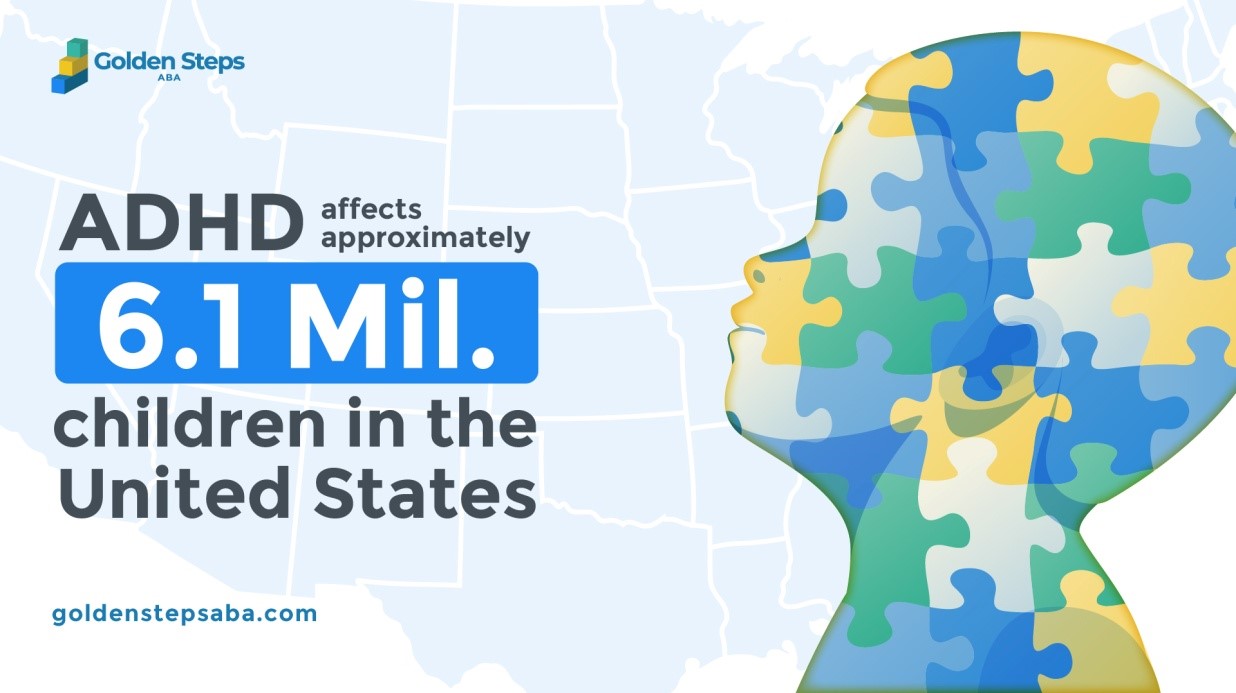8 Helpful Techniques For Parents And Teachers To Work With Students With ADHD
29th April 2024

As per the National Institute of Mental Health, approximately 9% of children between the ages of 13-18 in the United States are diagnosed with ADHD. Boys are four times more likely to be diagnosed with this than girls.
When a kid with ADHD starts school, it might be evident that they struggle with things like paying attention. Therefore, to teach children how to manage their ADHD symptoms, parents and teachers must collaborate. Parents and teachers may help kids thrive in school by using methods for ADHD. The symptoms of attention-deficit/hyperactivity disorder (ADHD) include hyperactivity, difficulty controlling impulses, and difficulty paying attention. Though it often manifests in childhood, a diagnosis may not come until puberty or age.
Simple Strategies For Kids With ADHD

Here are a few ADHD strategies that both parents and teachers can use to help them succeed at school:
1. Keep Consistent Expectations
Maintaining succinct and clear classroom rules is one of the most critical measures for students with ADHD. The expectations and rules for the class should be reviewed frequently and revised as needed. The classroom should have visible rules displayed for students to see. To make sure they grasp rules, expectations, or other instructions, it's usually helpful to have a youngster repeat them.
Instructors should remember that a youngster could have heard what was stated but not comprehended what it meant. Having a schedule on hand and going over it frequently might help youngsters who have trouble managing their time and ‘shifting gears’ from one work or lesson to the next. To assist a student in understanding how much time is left for an activity, you can also utilize timers, taped time signs, or verbal clues.
Do you follow us on Social Media? We regularly share upgraded educational content, tips, feedback, and more. Check us out by clicking the profiles here - Facebook / Twitter / LinkedIn / Pinterest / Instagram / YouTube
2. Limit Distractions
Students suffering from ADHD are prone to becoming distracted. Students with ADHD may benefit from being seated away from locations like doorways, windows, cubby areas, and pencil sharpeners that might cause disruptions in the classroom.
As far as you can, try to keep extraneous distractions in the space to a minimum, such as loud noises or distracting objects. For some children with ADHD, listening to 'white noise' or gentle background music can help them focus and concentrate better; yet, for others, it can be a distraction.
3. Offer Frequent Feedback
Continually providing youngsters with brief comments on their performance is another effective ADHD tactic. Feedback regarding their behavior that is regular and instantaneous is beneficial for children, ADHD or not.
Repercussions for undesired behavior should be applied quickly when necessary. Give praise for positive behavior right away. It is advisable to overlook unpleasant conduct that is mild and non-disruptive.
4. Reward Good Behaviour
When trying to inspire a pupil, rewards, and incentives should always come before punishment. Frequently switch up the prizes to avoid monotony. Recess cannot be taken away as a punishment for misbehaving.
Physical activity helps kids with ADHD, and they might be able to concentrate better after going outside or to gym class. Encouraging behavior over punishment will guarantee that school remains a good environment for children with ADHD.
5. Give Students A Break
Regular exercise and breaks might be helpful tactics for children with ADHD. Providing kids with ADHD with numerous opportunities to get up and move around may be quite beneficial since they often struggle with sitting still for extended periods.
They can go errands to the office or another area of the school, pick up or distribute papers or classroom supplies, or erase the board to give them a physical rest. Allowing them to go grab a sip of water from the water fountain, for example, can provide them with a little period of activity.
6. Use Flexible Rules
ADHD students frequently exhibit restlessness. While it may be the norm for children to sit in their seats during class, allowing a child with ADHD to stand up might help them stay on target. Holding a little ‘Koosh Ball’ or something tactile to manipulate, like Silly Putty, helps kids who fidget to gain some stimulation without disturbing the lesson.
While some studies has suggested that chewing gum may help certain kids focus better, the findings have not been definitive. In addition, a lot of schools forbid pupils from chewing gum.
7. Don’t Overload Kids
Dividing the whole job into manageable chunks might be beneficial for an ADHD child who is prone to feeling overwhelmed. Children diagnosed with ADHD may also struggle with sleep, which can have an impact on their behavior and concentration in the classroom.
Though adolescents and college students are more likely to find morning sessions difficult, students are often ‘fresher’ and less tired earlier in the day. Additionally, it's common for youngsters to feel a little lethargic after lunch. When the students are most attentive and focused, try to schedule the most challenging academic courses and assignments for them.
8. Encourage Collaboration And Support
Setting up peer support can occasionally be beneficial, even in cases when a kid receives one-on-one assistance from an adult. It can be advantageous for both children when a willing, considerate, and mature classmate is paired with an ADHD student.
A child's ‘study buddy’ can encourage them, remind them to keep on track or concentrate after being distracted, and offer supportive feedback. A kid with ADHD might also benefit from working with another student to strengthen their peer relationships and social skills, both of which can be challenging for them.
Empower ADHD Students In The Classroom
The three components of a successful school plan for an ADHD kid are academic education, behavioral interventions, and classroom adjustments. Regular use of these tactics will not only help the entire classroom environment, but it may also make a world of difference for a child with ADHD. Additionally, Special Education Courses for teachers and parents can help you understand kids with ADHD better and cater to their requirements more sufficiently.
We believe education should be accessible for everyone. That’s why we don’t charge for our blogs. Find the right course that will help you in your career with us, contact us at - 91-6292150868. You can mail us at act@asiancollegeofteachers.com

